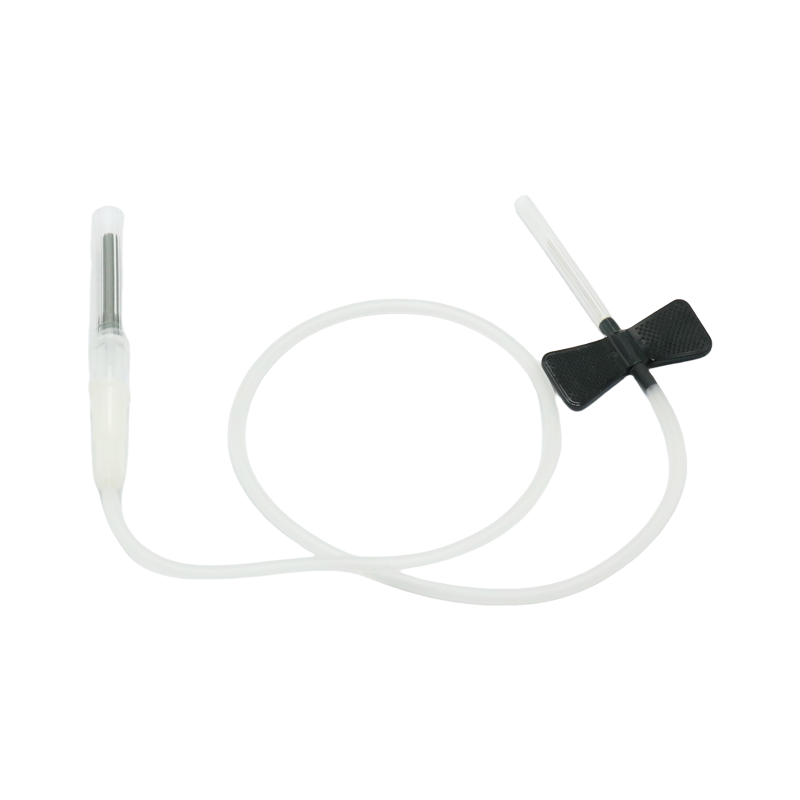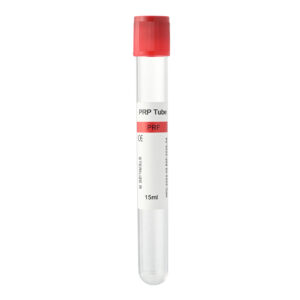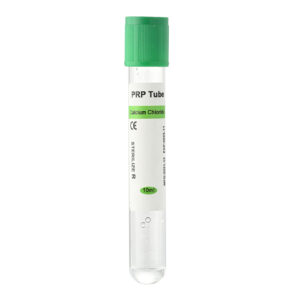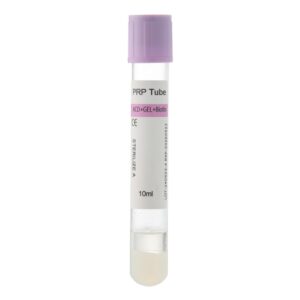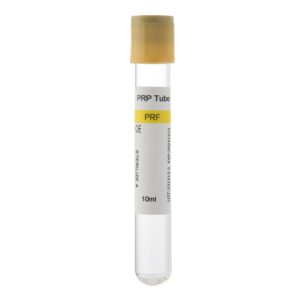What is a Winged Infusion Set?
A winged infusion set, a butterfly needle, is a short-term venous access device often used for blood collection or infusion. Its unique design includes “wings” on either side, making it easier to handle and control, especially when dealing with difficult-to-access veins. Healthcare providers widely use it in scenarios that require precise and stable venous access, such as with children, elderly patients, or those with challenging venous conditions.
Benefits of a Winged Infusion Set
The winged infusion set offers several advantages, making it popular in clinical practice:
- Ease of Use: The wings on either side allow for a secure grip and enable precise control of the insertion angle and depth.
- Patient Comfort: The thin needle reduces pain during insertion, making it ideal for patients requiring multiple venous accesses, such as those undergoing long-term treatment.
- Stability: After inserting the needle, healthcare providers can tape the wings to reduce movement, minimizing discomfort and the risk of vein damage.
- Versatility: The butterfly needle suits various patient groups, especially those with small or difficult-to-locate veins, such as children and the elderly.
Preparation
Before using a winged infusion set, proper preparation is essential to ensure a smooth and sterile procedure. Here is a list of the needed items:
- Winged infusion set (butterfly needle)
- Alcohol swabs or antiseptic solution
- Medical gloves
- Tourniquet
- Sterile cotton swabs or gauze
- Collection container (if drawing blood)
- Medical tape
First, ensure the work area is clean and dry and all items properly sterilised.
Pre-Puncture Preparation
- Hand Hygiene and Gloves: Wash hands thoroughly using an antiseptic solution and wear disposable medical gloves to maintain sterility.
- Apply the Tourniquet: Place the tourniquet around the patient’s upper arm about 5-10 centimetres above the intended puncture site to ensure the vein is engorged. Typically, choose a prominent vein on the inner arm.
- Disinfect the Puncture Site: Use an alcohol swab to disinfect the site, moving slowly from the centre outwards. Allow the area to air dry.
Performing Venipuncture with the Butterfly Needle
- Connect the Device: Connect the other end of the winged infusion set to a collection tube or infusion line, depending on the purpose.
- Hold the Butterfly Needle: Hold the butterfly needle’s wings between your thumb and forefinger to ensure stability.
- Insert the Needle: Use the other hand to stabilize the patient’s arm and gently pull the skin taut to make the vein more visible. Insert the needle at a 15-30 degree angle quickly and steadily until blood return is visible, indicating successful venous access.
- Secure the Needle: After properly inserting the needle, secure it with medical tape to prevent movement during the procedure.
Blood Collection or Infusion
- Blood Collection: If drawing blood, connect collection tubes one by one to the needle, ensuring each tube is filled to the required volume.
- Infusion: If administering fluids, connect the infusion line and adjust the flow rate as necessary.
Post-Procedure Steps
- Release the Tourniquet: Once blood collection or infusion begins, release the tourniquet to minimize patient discomfort.
- Remove the Needle: After completing the procedure, quickly and smoothly remove the needle and apply pressure to the puncture site using sterile cotton or gauze for 3-5 minutes until bleeding stops.
- Dispose of Waste: To prevent needle-stick injuries, dispose of all used needles and materials in a designated sharps container.
Important Considerations
- Avoid Multiple Attempts: If the initial puncture is unsuccessful, choose a new site or have a more experienced practitioner perform the procedure to avoid causing unnecessary pain.
- Monitor Patient Reaction: Observe the patient throughout the procedure for any signs of discomfort or adverse reactions, such as dizziness or pain.
- Maintain Sterility: Adhere to strict sterile techniques throughout the process to prevent infections.
Conclusion
Healthcare providers widely use the winged infusion set, or butterfly needle, for venipuncture because of its ease of use and patient comfort. Proper handling and adherence to sterile techniques are crucial for successful procedures and patient safety. By following each step carefully, healthcare professionals can minimize complications and ensure efficient venous access. This guide aims to help healthcare personnel use butterfly needles with confidence and effectiveness.

